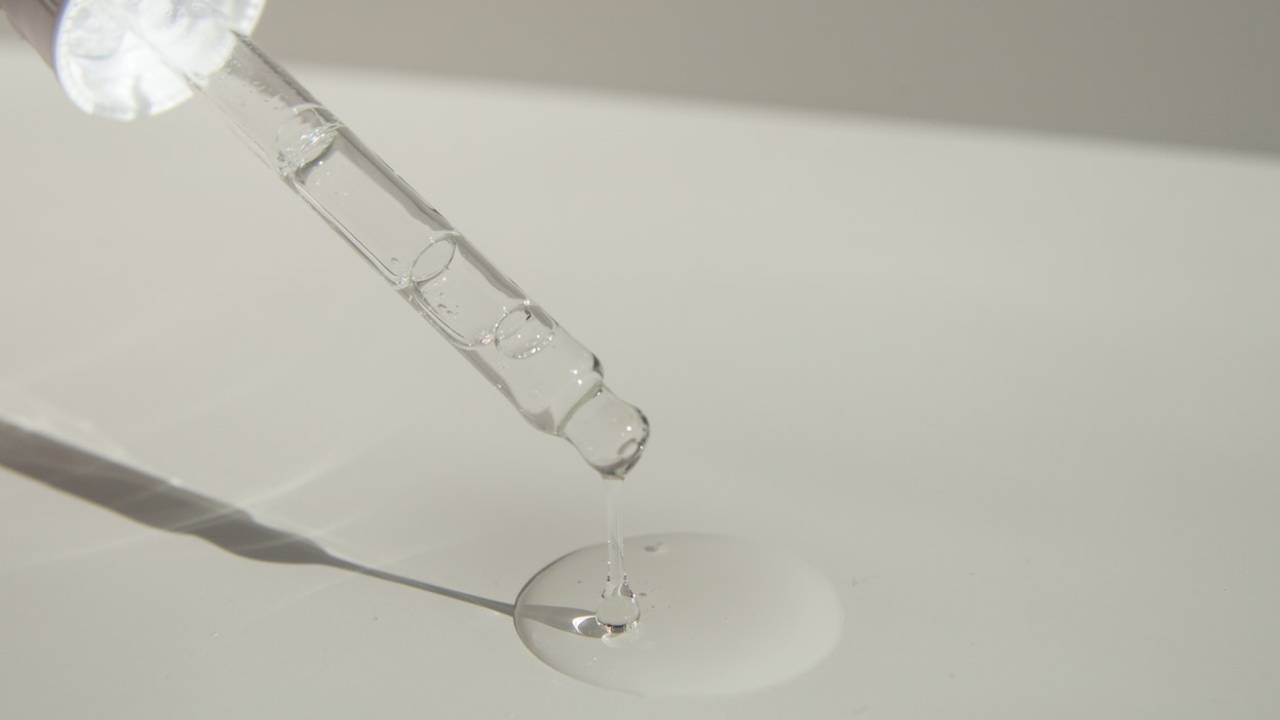Your eyes are one of your most important senses, but they can also be affected by various factors such as aging, genetics, lifestyle, and environmental conditions. Fortunately, there are some natural ways to boost your eye health and prevent or delay vision problems. Here are 10 tips from experts on how to take care of your eyes naturally. Eat a balanced diet rich in antioxidants and omega-3 fatty acids. Antioxidants, such as vitamin C, vitamin E, lutein, zeaxanthin, and beta-carotene, can protect your eyes from oxidative stress and inflammation, which can damage the retina and increase the risk of age-related macular degeneration (AMD) and cataracts1. Omega-3 fatty acids, such as those found in fish, flaxseeds, walnuts, and chia seeds, can help maintain the health of the eye’s surface and prevent dry eye syndrome2. Wear sunglasses and a hat when outdoors. Exposure to ultraviolet (UV) rays from the sun can harm your eyes and cause cataracts, AMD, pterygium (a growth on the white of the eye), and photokeratitis (a temporary inflammation of the cornea)3. To protect your eyes from UV rays, wear sunglasses that block 99% or 100% of both UVA and UVB rays, and a hat with a wide brim that shades your face. Quit smoking or avoid secondhand smoke. Smoking is one of the leading causes of preventable blindness in the world. Smoking can damage your blood vessels and increase the risk of AMD, cataracts, glaucoma, diabetic retinopathy, and dry eye syndrome. If you smoke, quit as soon as possible. If you don’t smoke, avoid exposure to secondhand smoke. Limit screen time and take frequent breaks. Spending too much time staring at a computer, smartphone, tablet, or TV screen can strain your eyes and cause headaches, blurred vision, dry eyes, and neck and shoulder pain. To reduce eye strain from screen time, follow the 20-20-20 rule: every 20 minutes, look at something 20 feet away for 20 seconds. You can also adjust the brightness, contrast, and font size of your screen to make it more comfortable for your eyes. Get enough sleep and rest. Lack of sleep can affect your eye health and cause eye fatigue, redness, irritation, twitching, and dryness. To keep your eyes healthy and refreshed, aim for seven to nine hours of sleep per night. You can also use a humidifier or an eye mask to moisturize and soothe your eyes while you sleep. Drink plenty of water and stay hydrated. Dehydration can affect your eye health and cause dry eyes, headaches, blurred vision, and eye fatigue. To prevent dehydration and keep your eyes moist and lubricated, drink at least eight glasses of water per day. You can also drink herbal teas or fruit juices that are rich in antioxidants and vitamins. Exercise regularly and maintain a healthy weight. Physical activity can benefit your eye health by improving blood circulation, lowering blood pressure, reducing inflammation, and preventing diabetes. Diabetes can lead to diabetic retinopathy, a condition that damages the blood vessels in the retina and causes vision loss. To prevent diabetes and other eye diseases, exercise for at least 30 minutes per day, and maintain a healthy weight according to your body mass index (BMI). Use eye drops or artificial tears to lubricate your eyes. Dry eyes are a common condition that affects many people due to aging, medications, environmental factors, or medical conditions. Dry eyes can cause discomfort, irritation, burning sensation, redness, sensitivity to light, and blurred vision. To relieve dry eyes symptoms and prevent complications such as infections or corneal ulcers, use eye drops or artificial tears that are suitable for your condition. You can consult your eye doctor for the best type and frequency of eye drops for you. Blink often and massage your eyelids. Blinking is a natural way to lubricate your eyes and remove dust and debris from the surface. Blinking also helps to relax your eye muscles and prevent eye strain. However, some people tend to blink less when they are focused on something such as reading or using a screen. This can lead to dry eyes and eye fatigue. To avoid this problem, blink often and consciously throughout the day. You can also massage your eyelids gently with your fingers or a warm compress to stimulate the production of tears and oil. Visit your eye doctor regularly and get your eyes checked. Regular eye exams are essential for maintaining your eye health and detecting any signs of eye diseases or vision problems. Some eye diseases, such as glaucoma, AMD, and diabetic retinopathy, do not have any noticeable symptoms until they are advanced and irreversible. By getting your eyes checked regularly, you can prevent or treat these conditions before they cause permanent vision loss. The frequency of your eye exams depends on your age, risk factors, and eye health history. You can ask your eye doctor for the best schedule for you. These are some of the natural ways to boost your eye health and prevent or delay vision problems. By following these tips, you can enjoy a clear and comfortable vision for a long time. However, if you experience any changes in your vision or any eye symptoms that are persistent or severe, you should consult your eye doctor immediately. Your eyes are precious and deserve the best care possible. 1 Antioxidants and Age-Related Eye Disease 2 Omega-3 Fatty Acids and Eye Health 3 How Sunlight Damages the Eyes








